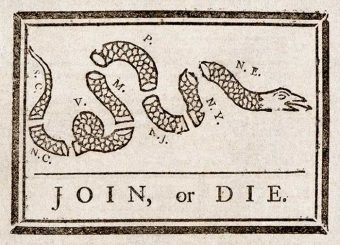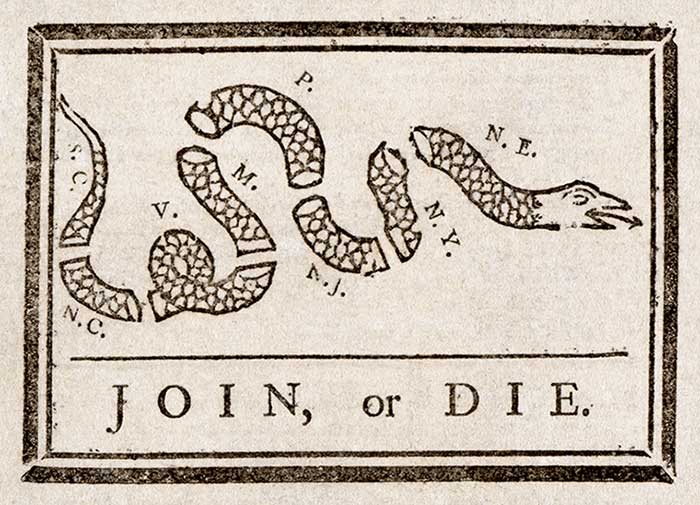
How does the end of one war ultimately lead to the start of another? Surprisingly, or maybe not so surprisingly, it’s a lot easier than you might think.
Take for example the French and Indian War. It was was actually just the American regional flavor of the worldwide Seven Years War, which was waged from 1754-1763. (Yes, the Seven Years War lasted nine years, not seven years—because most heated segment of warfare ran from 1756 to 1763—seven years.)
At the end of all that fighting, Great Britain enjoyed the success of having won control of several areas that had previously been French or Spanish territories. But the victories didn’t come without a cost. In fact, by 1763, the British government was close to bankruptcy.
No worries, though! King George III and Parliament came up with some brand new shiny taxes came to save the day. And for the first time since English settlement of the American colonies, the period of Salutary Neglect was over. That meant no more of England turning a blind eye to trade violations—no matter how crippling enforcement proved to be to the young colonies.
In a matter of about a decade, American colonists endured increasing difficulties thanks to the Crown’s efforts to refill Great Britain’s coffers through strangling taxes and regulations.
From 1764 to 1776, Americans were burdened with such an onslaught of tariffs and restrictive laws that a Revolution was inevitable.
Finally, all hell broke loose. On April 19, 1775, the Battles of Lexington and Concord were waged, beginning the American War for Independence.
To learn more about the history as it unfolded, click here.

